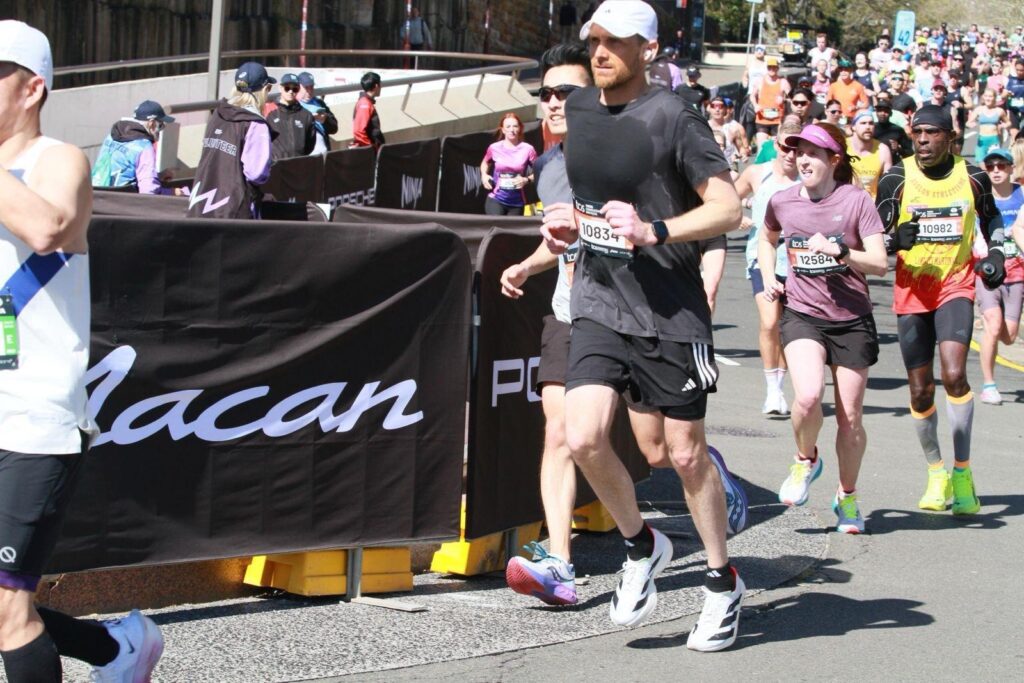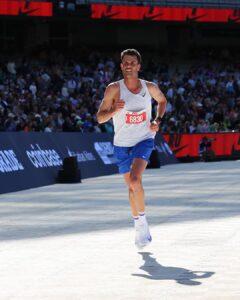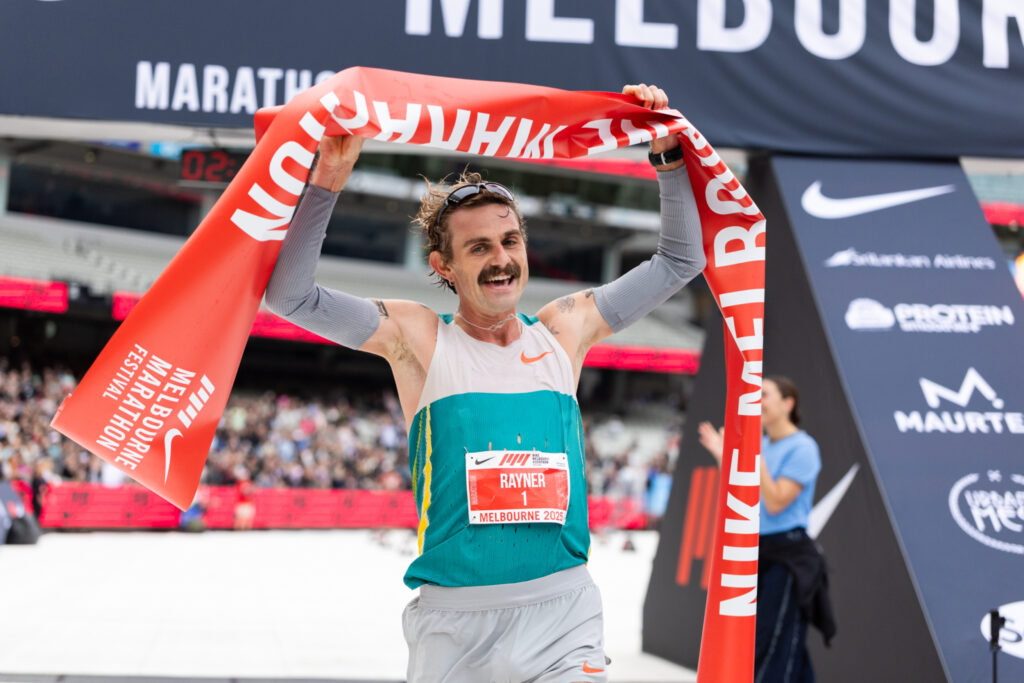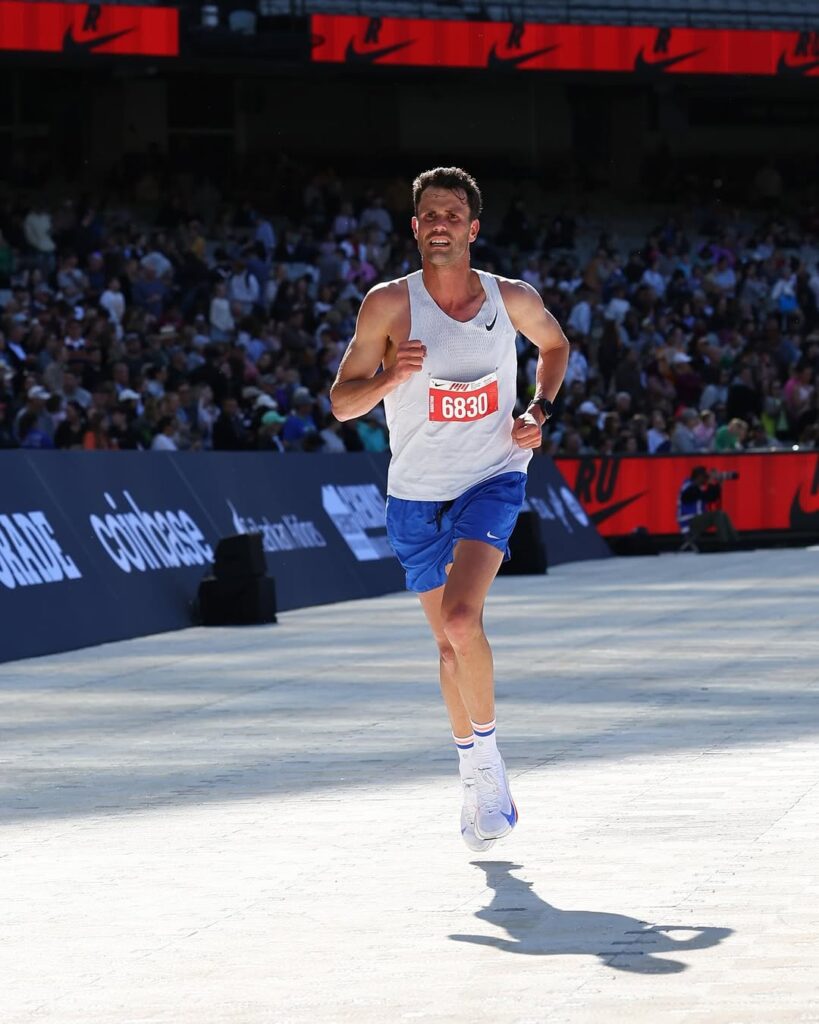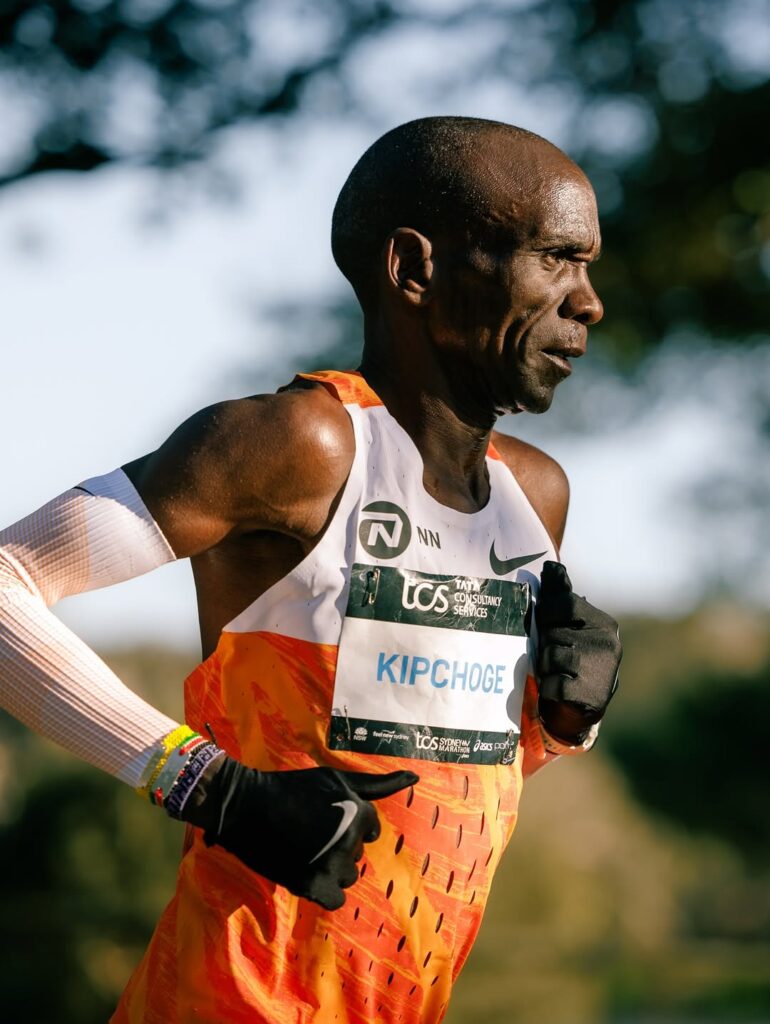WHEN I AGREED to run the Sydney Marathon only a month before race day, it felt equal parts thrilling and terrifying. I have been a regular runner for more than ten years, but before this, my longest outing was 25 km. Stepping up to 42.2 required not just fitness, but a genuine leap of faith. I knew I was in for a serious test, both physically and mentally. I probably didn’t appreciate how much this would take out of me.
Preparing on the fly
Most people train for a marathon with 12 to 16 weeks of gradual build-up. I managed just four, after receiving an invitation to take part from Ninja. With time against me, I leaned on the years of steady running already in my legs. Over a handful of weekends, I pushed out to longer runs of up to 25km, did a couple of treadmill sessions on the rainy days (there’s been a few of them in Sydney of late!) and tried to fit in some hills for good measure. Most of the time, I wondered if it was enough. There was no perfect plan, just the simple rule – get out the door, do the work, and back myself to finish.
Juggling doubt and determination
As the big day drew closer, the pressure I felt mounted. Honestly, it was everywhere I looked, especially knowing this year’s marathon was now an Abbott World Marathon Major, drawing a record crowd nearing 33,000. Without a real training base, every bit of soreness felt like a warning. Would I make it, or was I about to be taught a lesson in humility?
I drew confidence from mates in the running community. Messages of support and shared advice on things like nutrition and pacing reminded me that none of us races alone, even when running solo. Training with others or just swapping war stories made a difference. It brought that sense of team spirit that as guys we often find easier to show out on the road than anywhere else.
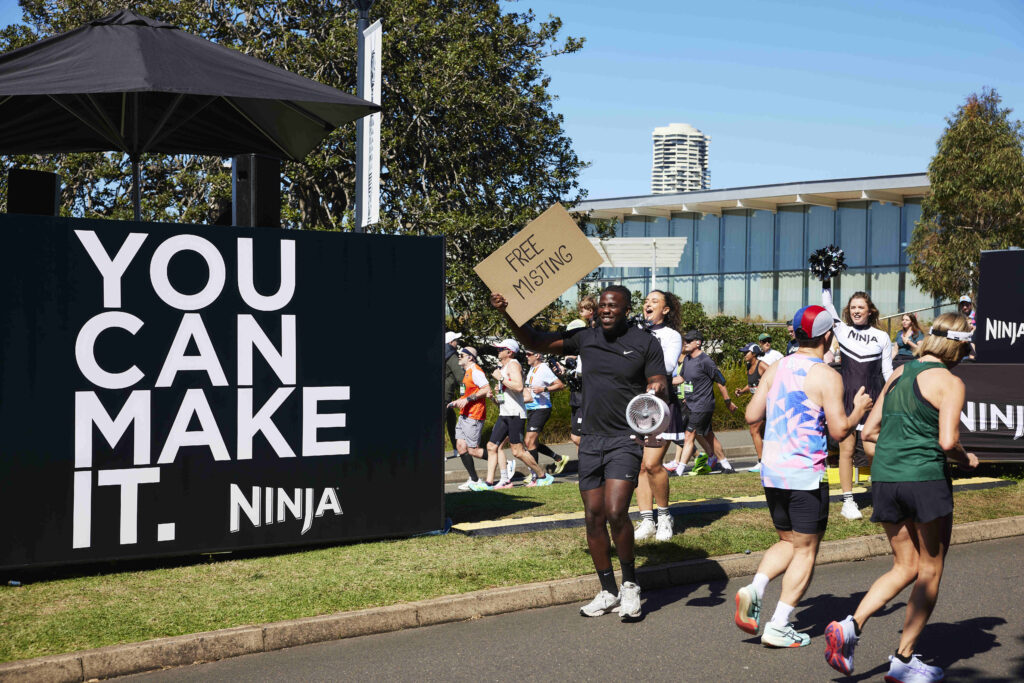
Race Day: the start
Sydney Harbour seemed to know the importance of the occasion, putting on a show at sunrise, and as I joined the crowd at the start line, nerves gave way to a strange feeling of calm. I had already decided not to chase a personal best. My goal was simple: make it to the finish, soak up the unique feeling of running through closed city streets, and prove I could get through something this tough out of my depth.
The atmosphere was electric as we moved past the starting arch in North Sydney. One of my first landmarks was the ‘Ninja You Can Make It Zone’ early on. There was a DJ and enough positive energy that even someone hiding their nerves couldn’t help but feel lifted. I looked around and saw blokes of all backgrounds, shapes and ages, each fighting their own private battle. The little nods and words of encouragement between us meant more than anyone was probably letting on. That shared experience, even among strangers, was an extra push when things got tough. And believe me, they would get tough.
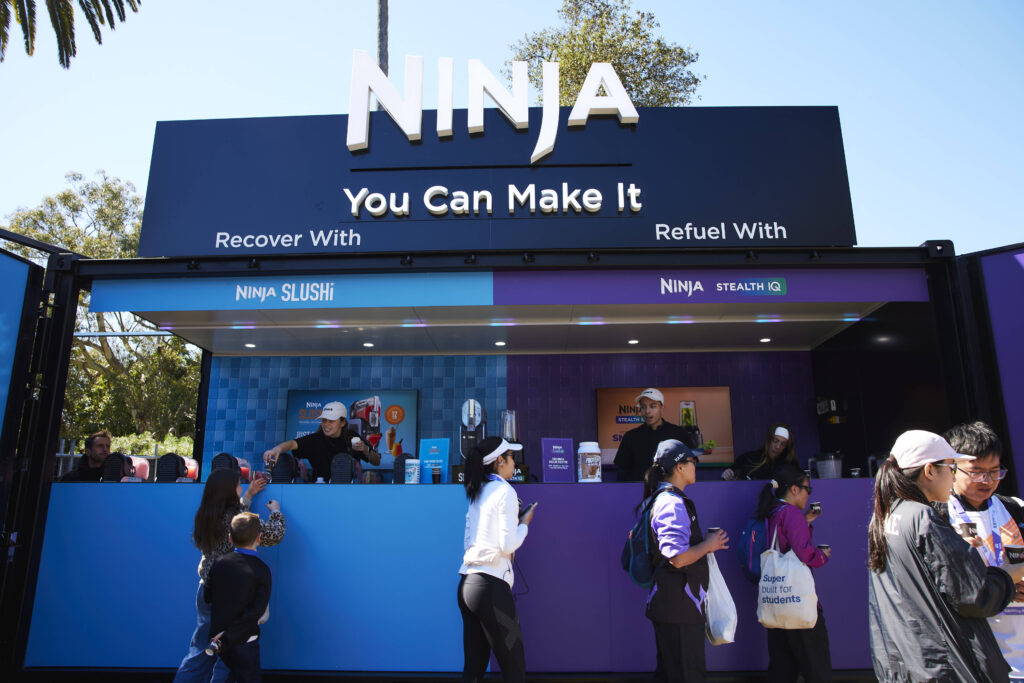
The run: first half
The first 15 km flew by. My body was working well, the crowds were warming up, and the sights – the Harbour Bridge, Circular Quay, Hyde Park – felt even more impressive with the city shut just for us. Sharing the road with a huge range of men, from first-timers to hardened marathoners, reminded me that running is all about joining in, not just racing for time.
I let the excitement get the better of me early and set off faster than planned, swapping jokes and chatting with those running alongside me. By the halfway mark, reality bit. The distance looked as big as ever and I knew the hard work was still ahead.
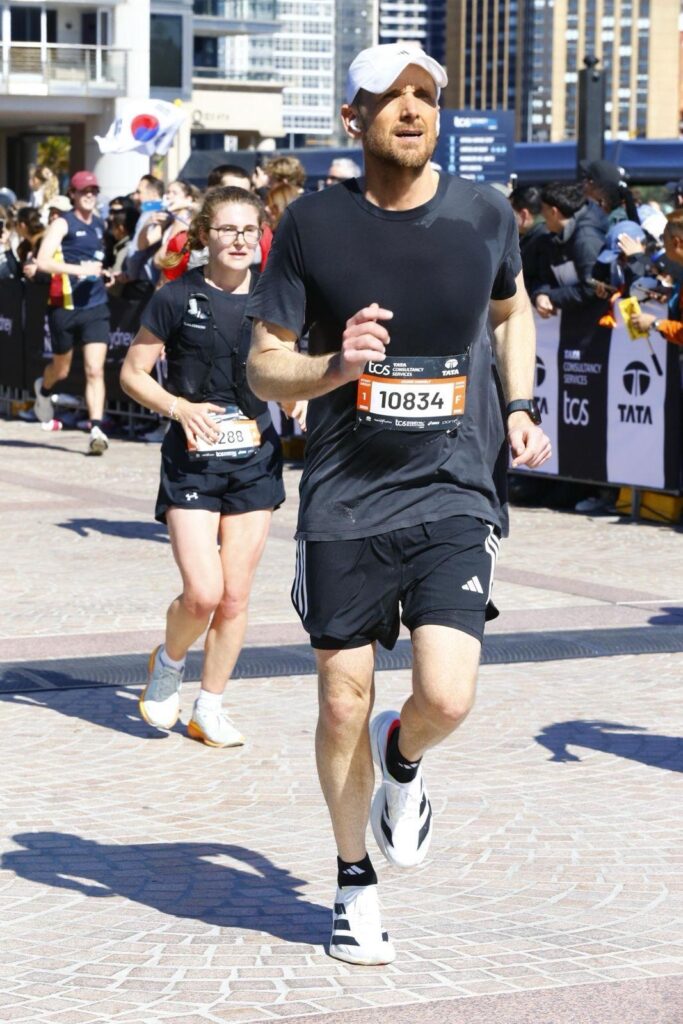
Where running a marathon gets real
Everyone talks about the wall. Mine hit around the 33-km mark. Suddenly, my legs locked up, my shoulders ached, and just keeping one foot moving in front of the other felt monumental.
What got me through was breaking the rest of the race into small wins. I aimed for the next drink station, counted down single kilometres, and reminded myself I had made it this far on grit, not a perfect training plan. The ‘Ninja You Can Make It Zone,’ which I passed again late in the race, had become something more in my mind. It was a reminder spaces like that, made for encouragement and community, are vital. Sometimes the only thing keeping a bloke moving is knowing he is not the only one suffering.
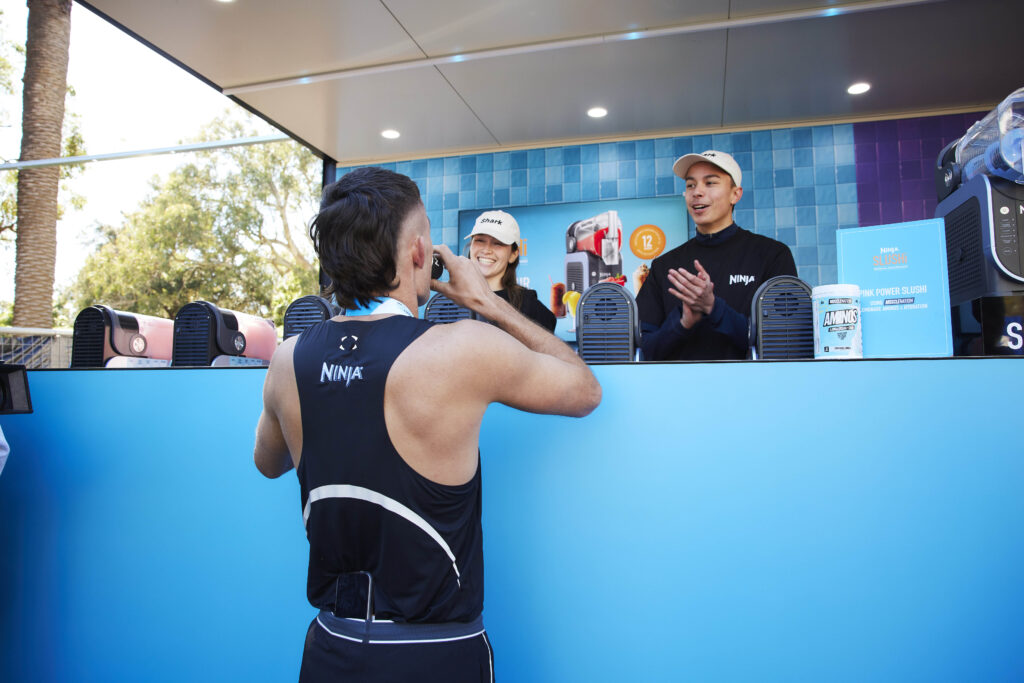
The finish line and Recovery Village
The last stretch truly dragged. My legs turned to concrete, but the noise and support from the crowd pulled me on. Every shout of encouragement from the spectators cheering along the route, some of whom even used my name after seeing it on my bib, was like a shot of energy. Strangers and running mates alike all helped push each other home.
Crossing the finish was pure relief. I had nothing left but pride. After picking up my medal, I hobbled into the Sydney Marathon Recovery Village – just beyond the finish line. The set-up there was a saviour: mats for stretching, cold drinks, foam rollers, even smoothie samples. Ninja also had a stand in the Village, showcasing their latest products, like the soon to be released Ninja Stealth IQ, a high-performance blender that will serve nutrient-packed smoothies; the Ninja SLUSHi, a frozen drink maker; and the Shark FlexBreeze HydroGo, a portable misting fan, helped refresh and refuel us. Blokes everywhere looked wiped, but there was a sense of achievement in the air. People swapped stories about blisters and cramps, laughed at missed time goals, and shared the kind of honest, humble banter you only get after you have pushed yourself to the edge.
Lessons learned
Tackling the Sydney Marathon with little preparation was a risk, but it paid off in ways I didn’t expect. I was reminded that showing up is sometimes more important than the perfect plan. Getting through a challenge comes from backing yourself, leaning on those around you, and accepting that the outcome is secondary to the effort.
Saying yes to a marathon with just four weeks to prepare was brutal, but also one of the most rewarding experiences I’ve ever had. I learnt to accept what I could not control, trust the training I had done, and value the support of the community around me. Next time, maybe I will get more notice, but now I know I can go the distance, even when the timing isn’t perfect – and of course, in life, it rarely is.
The writer ran the Sydney Marathon courtesy of Ninja
